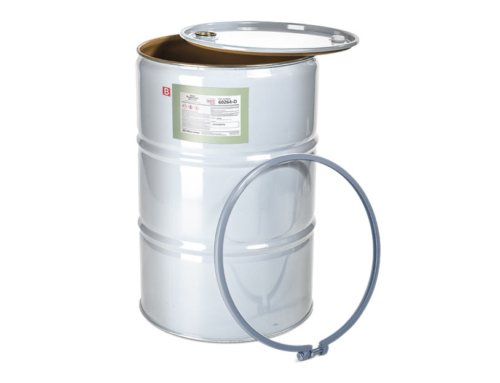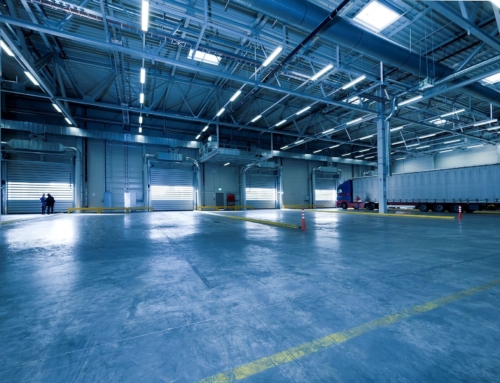Rhino Linings coatings create a stunning, uniform finish when installed correctly. Although spray-applied coatings have a superior finish to brushed or rolled-on liners, there are many sources of potential coating failure for a spray application. Spray applications come with inherent risks that can lead to complications. These three common complications can be easily prevented with proper technique.
Common Complications
Dry Spray
Dry spray occurs when a quick-drying coating like polyurea is sprayed onto a surface during a warm day and/or the gun is held too far from the surface and the products reacts too quickly for the wet film to flow together. The result is a rough, sandy surface usually containing small gaps. This is similar to the over spray that drifts from the target area onto unintended surfaces.
Pinholing
Pinholing can happen when a spray gun is improperly adjusted or clogged and it is spraying off ratio. Air can also be trapped in the coating during atomization to cause pinholing or very small holes that may expose the substrate. Another cause may be from a surface contaminated with chemicals or moisture — heat from the exothermic coating causes the trapped gases or water to expand and “blow” holes in the coating film.
Intercoat Delamination
Intercoat delamination is caused by poor adhesion between adjacent coats. Stressing of the topcoat during curing or expansion and contraction may also contribute to the delamination. Contamination of the undercoat by dirt, oil, fuel, etc., before topcoating can also lead to intercoat delamination. If too much time lapses between coats (over 12-24 hours), the window of adhesion has passed, again leading to adhesion failures.
Prevent Complications
In order for a coating to provide maximum protection to a substrate, it must be applied as a uniform, continuous film. To obtain such films, the applicator must use the best available application techniques. For 100% solids polyurethanes and polyureas, these include a constant rate of gun travel, constant spray pattern and triggering off the surface before you begin. Coating failures always occur first at areas of reduced coating thickness. Feel free to contact your Rhino Linings technical representative with any additional application questions and/or concerns.






Leave A Comment